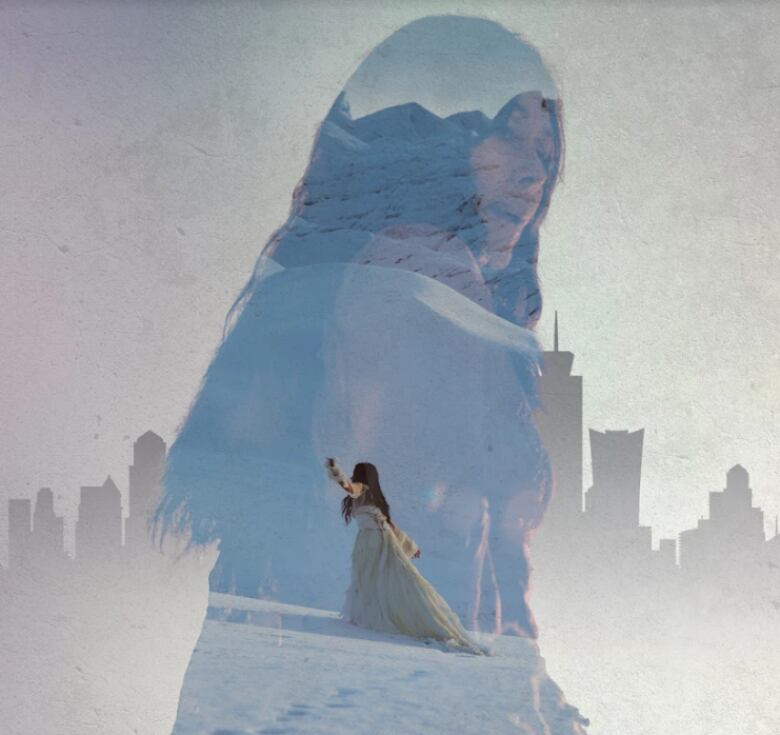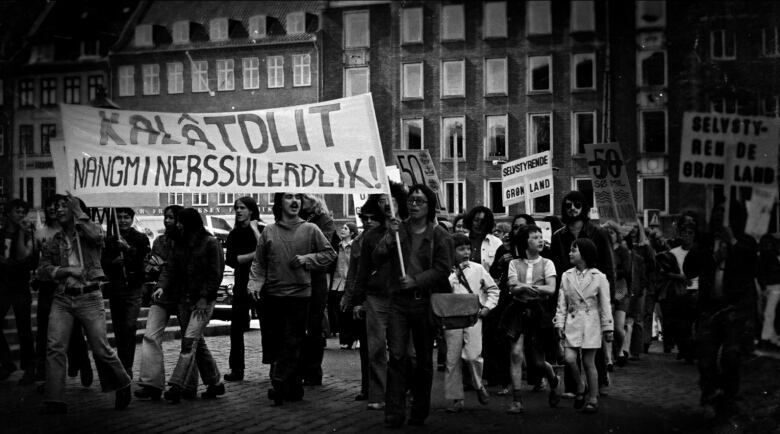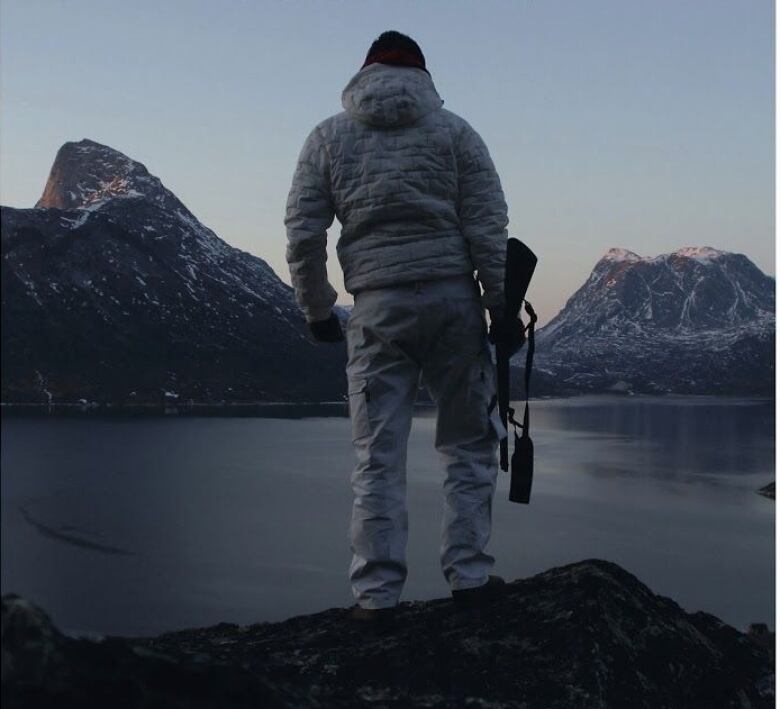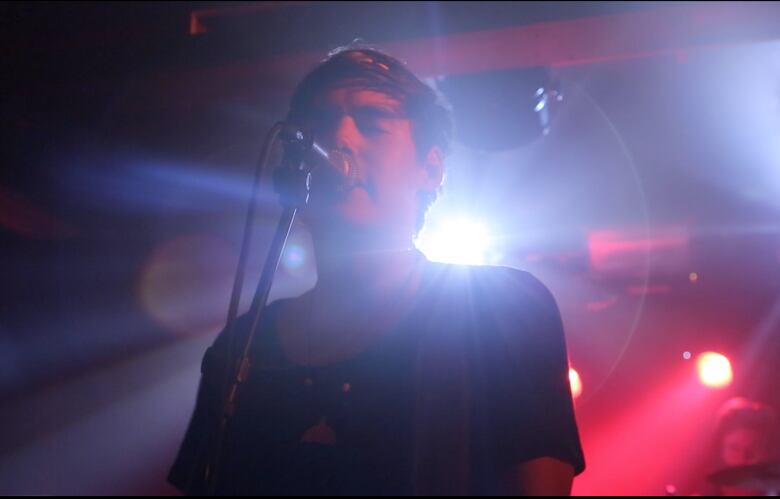Greenland films in the spotlight this year at imagineNATIVE festival
Our own identity is at stake,' says Greenlandic Inuk filmmaker Emile Hertling Pronard

This year's imagineNATIVE film and media arts festival in Toronto will feature a heavy dose of Inuit films with an international spotlight on Greenland, one of the world's newest and smallest film industries.
"We are experiencing a lot more focus now internationally," says Emile Hertling Pronard, a Greenlandic filmmaker and guest programmer at this year's imagineNATIVE festival.
"We try to ride this wave to really build a proper film community or industry in Greenland for Greenlandic filmmakers."

The 17th annual festival, which runs Oct. 19-23, will showcase an international spotlight on Greenland, featuring a number of works by Inuit, Greenlandic filmmakers includingthe award-winning documentary produced by Emile Hertling Pronard, SUM Mumisitsinerup Nipaa (SUM The Sound of a Revolution); and the comedy Tikeq, Qiterleq, Mikileraq, Eqeqqoq (Fore Finger, Middle Finger, Ring Finger, Little Finger), Greenland's first feature film that was made on a $100budget.
Greenland Rising, a discussion on Greenland's cinema, will also include a screening ofPipaluk K. Jorgensen'sAnori, a dramaticfeature film currently in post-production.
This year's program will also feature work bytwo NunavutInuitfilmmakers Alethea Arnaquq-Baril'sdocumentaryAngry Inuk,whichopens the festival, and Zacharias Kunuk's feature filmMaliglutit (Searchers).

"These stories are new, even though Indigenous peoples are ancient storytellers and contemporary storytellers and have storytelling as part of their culture and tradition and being,"says Jason Ryle, imagineNATIVE's artistic director.
From objects to subjects in films

Hertling Pronard says films from the circumpolar world are getting more attention because of the international focus on Arctic sovereignty and climate change in the Arctic.
"I think this global attention is also encouraging programmers and other people internationally to delve into the art forms of these areas," he says.
Technological developments in the film industry and the availability of cheaper recording and editing equipment is now making it possible for Greenlandic filmmakers to produce their own work, he says.

"Our own identity is at stake when we talk about films from countries with small populationsbecause we've seen a lot of filmmakers coming in from abroad, especially from Denmark, to do films about Greenland and we've never really recognized ourselves in these films, so I think we also felt an urge to try and tell our own stories," saysHertlingPronard.
Since 2008 there's been a surge of new films from Greenland with approximately one feature-length film released each year.
Similar communities, similar stories
While there's little collaboration at the moment between Greenlandic filmmakers and their Inuit counterparts in Canada, Hertling Pronard says there's a great deal of commonality between the two communities.
"We've been very surprised to see how much relevance and awareness our film about the Greenlandic cultural identity movement had gained in Canada and how much they tell us that their story is the same," he says.
He says he hopes festivals like imagineNATIVE make it possible for Inuit artists to come together andexplore common issues.












_(720p).jpg)


 OFFICIAL HD MUSIC VIDEO.jpg)
.jpg)



























































































